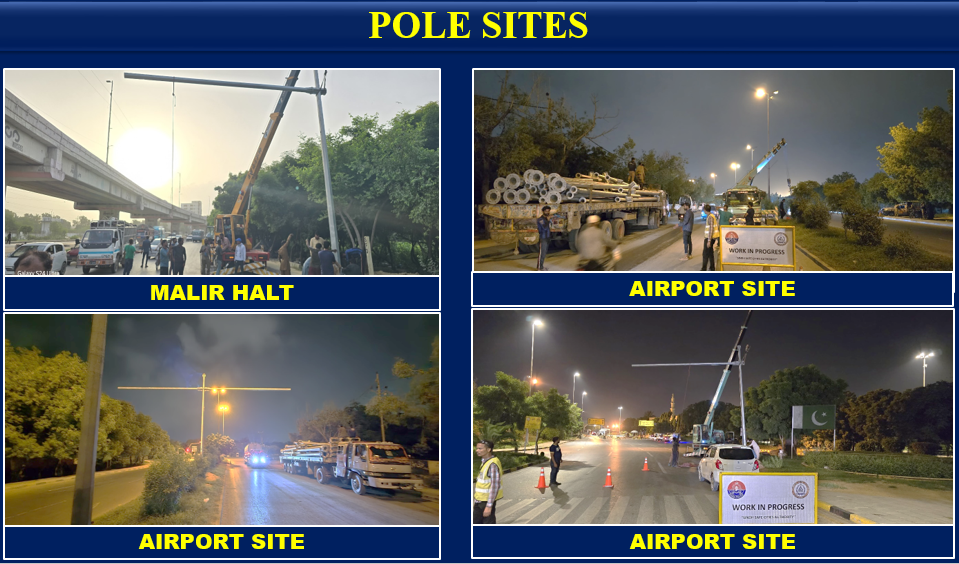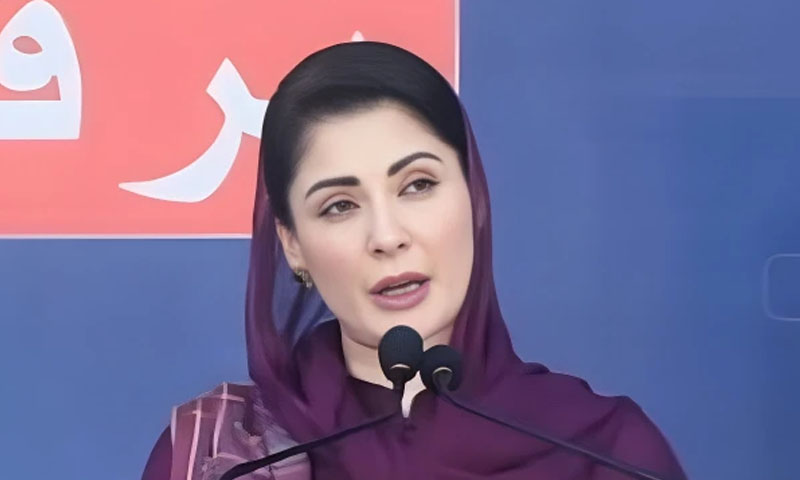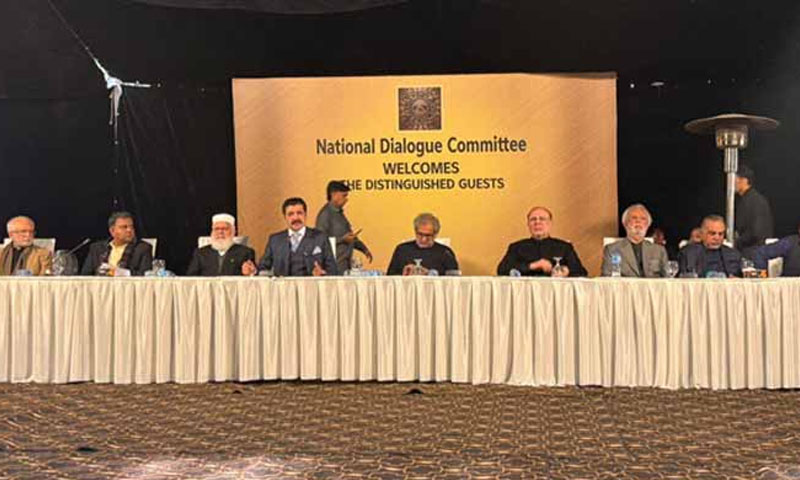- Web Desk
- Today
Long-delayed Karachi Safe City project to go live in six months
-

- Syed Raza Hassan
- May 15, 2025

Stalled for a decade, the main component of Karachi Safe City Project set to be operational in November
KARACHI: The Karachi Safe City Project, perhaps the most tainted project ever taken up by the Sindh police – which failed to see the light of day for years if not decades.
However, all that is soon going to change soon, as the video surveillance system, one of the main components and first phase of the project, is set to be inaugurated on November 31, 2025, Asif Ajaz Shaikh, Director General Sindh Safe Cities Authority told Hum News English.
The first phase of the Karachi Safe City Project set to take off in November 2025 include the Red Zone and Airport corridor of the city which is under surveillance of 1300 cameras.
The stipulated time for the first phase was 18 months which is expected to be met on time. The project comes with a price tag of Rs33-Rs34 billion, a manifold higher cost of what was originally estimated. The cost has escalated over the years due to delays and rupee depreciation, inflation, an official said.

In June 2022, an attempt to launch the same project was made with the claims that cost had been reduced from Rs44 billion to Rs22 billion, but that never materialised.
The pole mounted cameras will be connected with the respective police stations where separate monitoring rooms are being set up. Similarly, the cameras will also be connected with the central monitoring or control room which has been set up at the Central Police Office, DG Shaikh went on to explain.
To ensure the flawless connection, connectivity is being made through cable not wireless, he pointed out.
Out of 1,300 cameras, 275 have already been energized and are working, DG added.
The surveillance system has a host of unique facial and biometric identification systems, but DG opted not to share further details due to security point of view.
The project has been divided into three main components, first is the video surveillance system second is the head office which will house all the manpower and technical equipment. The head office is being constructed near the Saddar Police Station, off Shahra-e-Faisal, its timeline for completion is May 31, 2027.
And the third component is the response mechanism, which comprises police cars equipped with multiple cameras, the DG explained.
The new number plates being prepared by National Radio and Telecommunication Corporation (NRTC) are camera-readable radio frequency identification (RFID) number plates which will facilitate crime control. (NRTC) is also a partner agency in the execution of the Karachi Safe City Project.
Karachi has 108 police stations, the ultimate aim is to connect every police station with pole mounted cameras in its jurisdiction in order to implement faceless policing, he went on to add.
Over the years when the Karachi Safe City Project was spinning on papers, almost similar projects were installed in Islamabad and Lahore which are now fully functional for years now.
The Supreme Court led by Iftikhar Muhammad Chaudhry took up a suo motu notice in 2011 after the city went through one of its bloodiest summers in 2011.
The five-judge bench had passed a detailed judgement in October 2011 which contained various orders and directions on how to control lawlessness in the metropolis.
In 2016, the Supreme Court of Pakistan issued directives to install a safe city project in Karachi, during the hearing of the Karachi Law and Order case.
Subsequently, in 2020 an MOU between Sindh police and NRTC was signed but again around three to four years got wasted in a tussle between different interest groups in the police department and Sindh government over who would execute the project.
It was in 2008, when the first time the concept of CCTV was conceived for Karachi, when Babar Khattak was the provincial police chief.
The Sindh government has sanctioned the funding worth Rs1 billion in FY2008 to the Sindh police. Though some cameras were also installed in some parts of the red zone, their resolution and capacity was low.
Also read: Pakistan sees 40 pc rise in car sales in first 10 months of FY2025




